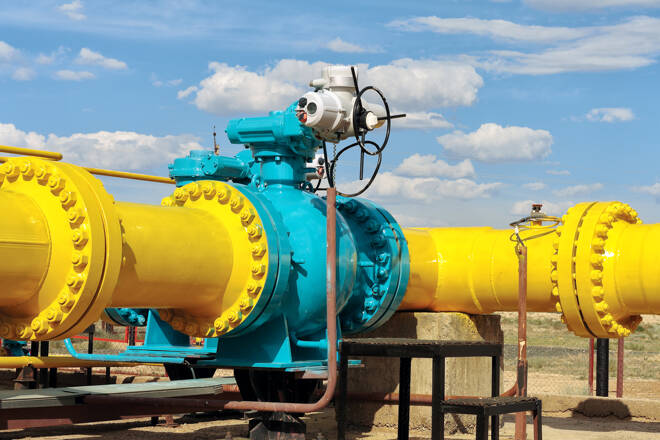Advertisement
Advertisement
Locational Spreads Change Sets the Context for 2021 European Gas Market
By:
‘No Country for Old Men’, regarded as one of the greatest Coen brothers’ movies, contains a scene that might look ordinary on the surface but actually it is filled with deep meaning.
Towards the end of the film, Sheriff Ed Tom Bell, portrayed by Tommy Lee Jones, feels distracted by all the violence he has come across and visits another old lawman (Barry Corbin) to ask for advice. Sheriff’s friend finishes their conversation, saying: ‘You can’t stop what’s coming. It ain’t all waiting on you’.
Though seemingly a simple phrase, it perfectly explains that the world tends to change over time, which in turn requires everyone to adjust to the new environment. When it comes to European gas, it is the shift in locational spread patterns that, among other things, have set the context for 2021 market.
This year, it has become common to see TTF traded at a premium to other market areas. Take, for example, the front-month spread between VTP Austria and the Dutch hub, which has stood on average at minus €0.2/MWh between 1 January and 22 October 2021 as compared to last year’s €0.5/MWh. Of course, this is partly the result of special circumstances that has prevailed in the market over the course of 2021.
Among them are unstable LNG supplies to the Gate terminal and slow injections into the Europe’s largest Bergermeer storage facility, while Central Europe has at hand the Ukrainian UGSs filled with large amount of gas by non-resident trading companies during the last winter. However, even after all those factors cease to exist, prices on the Dutch hub should not return to previous levels, with the TTF premium over other hubs being key to drawing volumes away from neighbouring markets as the Groningen field is expected to stop production in mid-2022.
Meanwhile, Italy’s PSV and Hungary’s MGP products have now been assessed much lower than in previous years, when compared to the equivalent contracts in the market areas these two countries were importing large volumes from. Following the start-up of new supply routes, demand for gas flowing from NWE and Austria has significantly decreased among players within the Italian and Hungarian markets respectively.
With the TAP pipeline being put in service early in 2021, this year’s imports to Italy via the Passo Gries entry point were restricted to periods in which additional flows from alternative sources were unavailable or when domestic consumption soared. After the completion of Kireevo/Zaychar and Horgos/Kiskundorozsma 2 interconnection points, Serbia and Hungary one after another joined the TurkStream corridor, making trades on VTPA less appealing for local buyers.
From the above, one may realize that a new landscape of price spreads between European gas hubs is taking shape in 2021. Market has gone through another stage of development right before our eyes.
The opinions expressed in this blog are mine only and do not reflect the views of my employer.
About the Author
Yakov Grabarcontributor
Yakov has been dealing with the analysis of global energy market, especially the developments in Europe, during last six years. Before joining Gazprom Export, the export arm of Gazprom, he managed the ‘World Oil Review’ weekly report in Moscow office of Argus Media. As the energy market analyst at Gazprom Export, Yakov coordinates the analytical work at the department responsible for developing shorter-term natural gas supplies to Europe via its Electronic Sales Platform.
Advertisement
